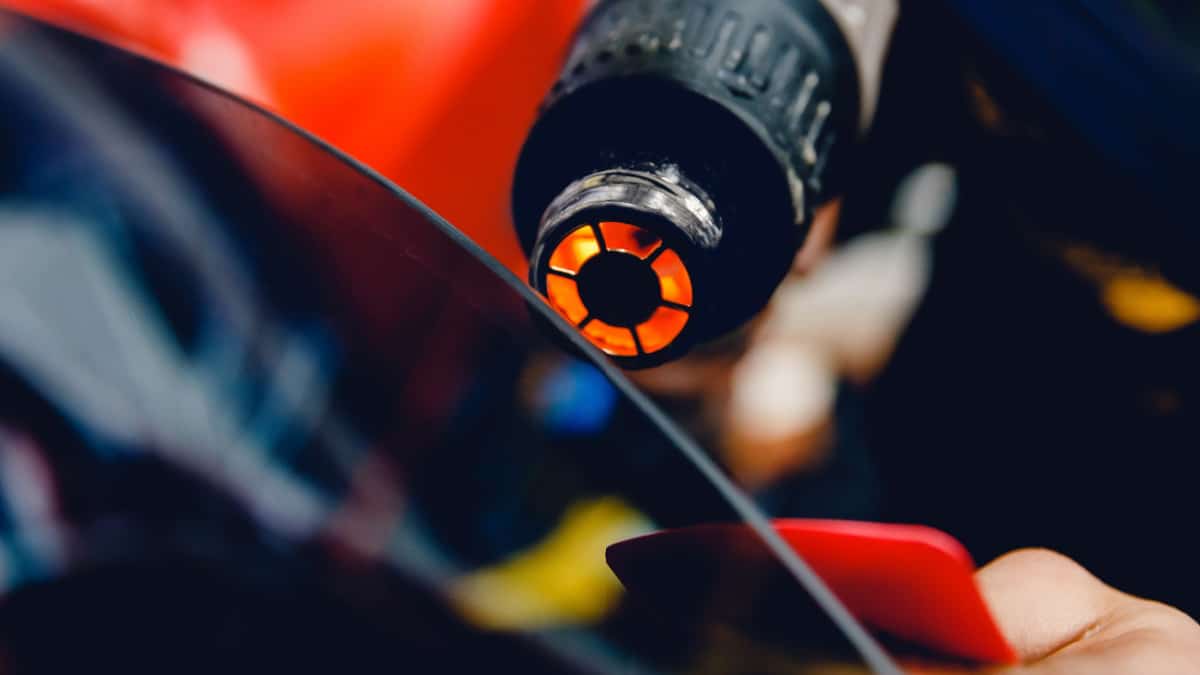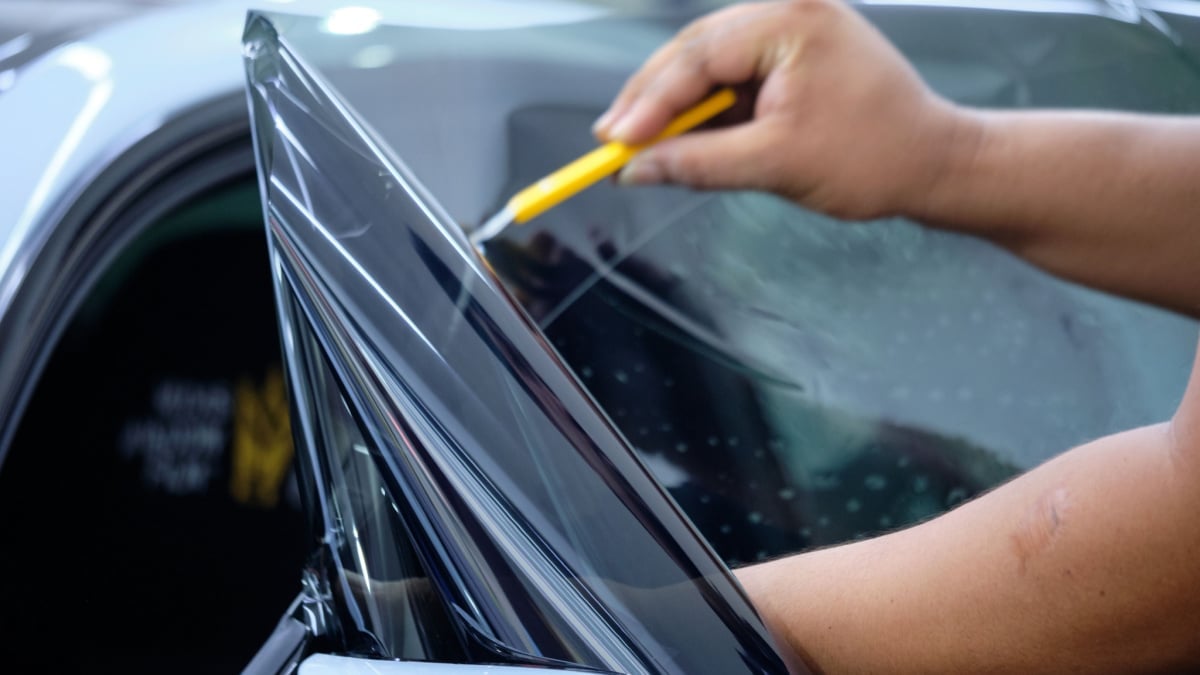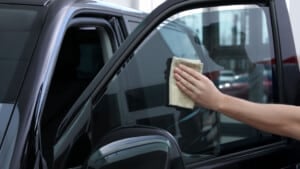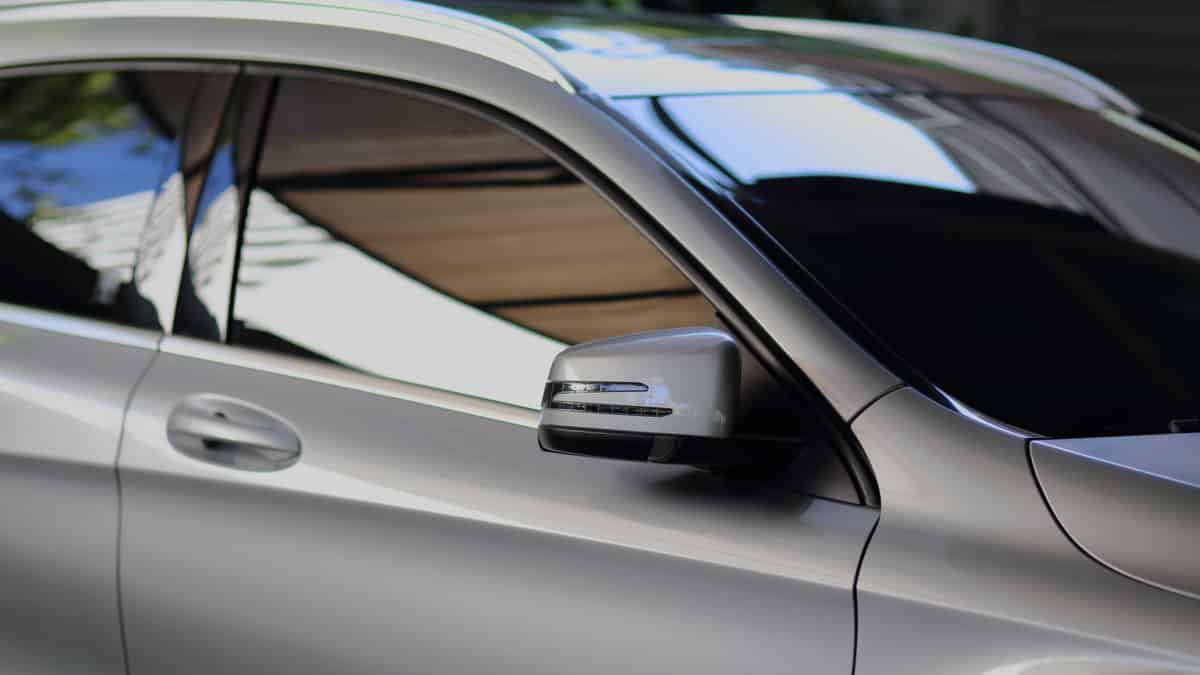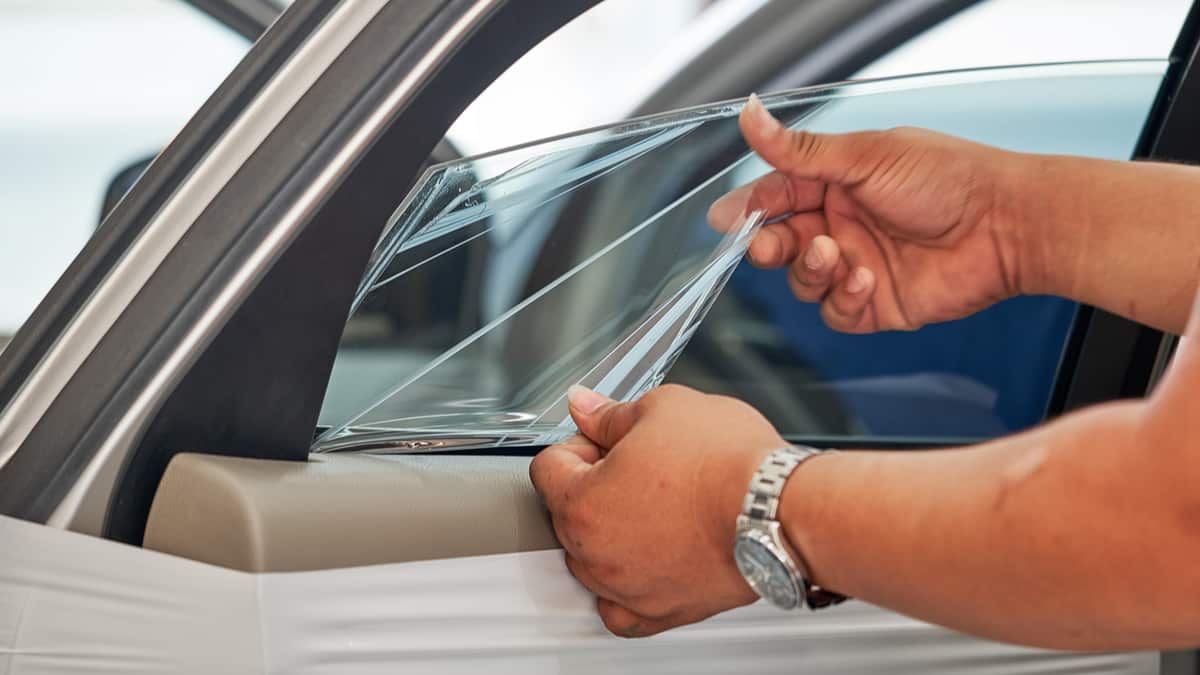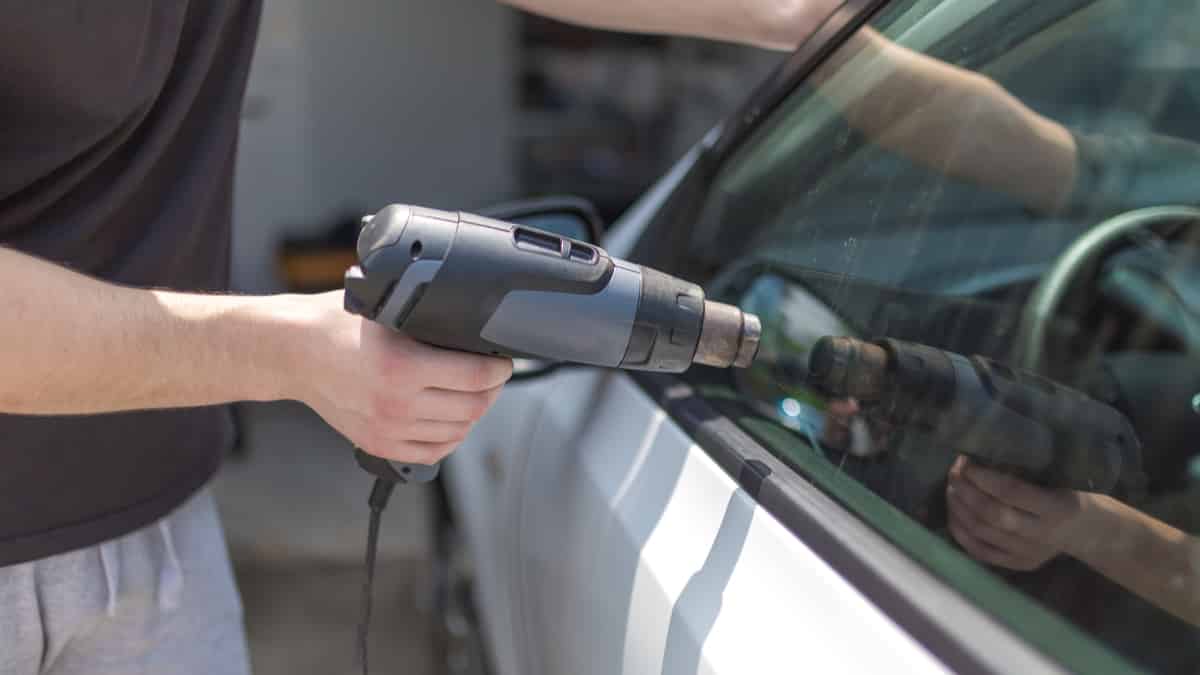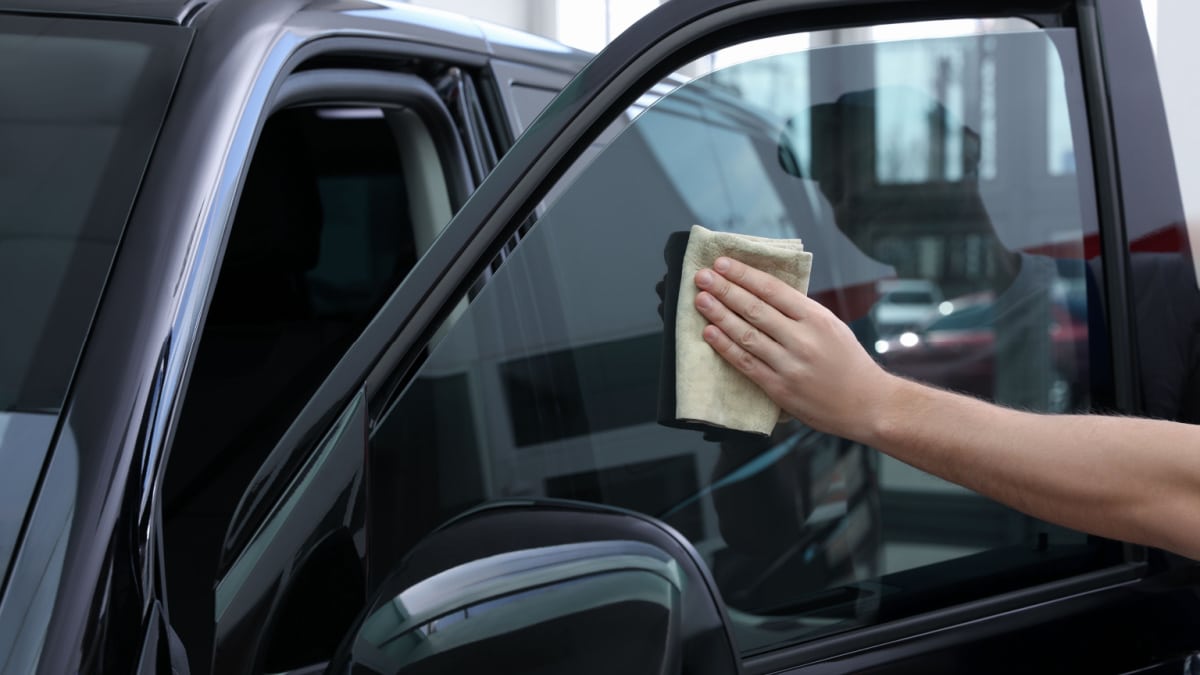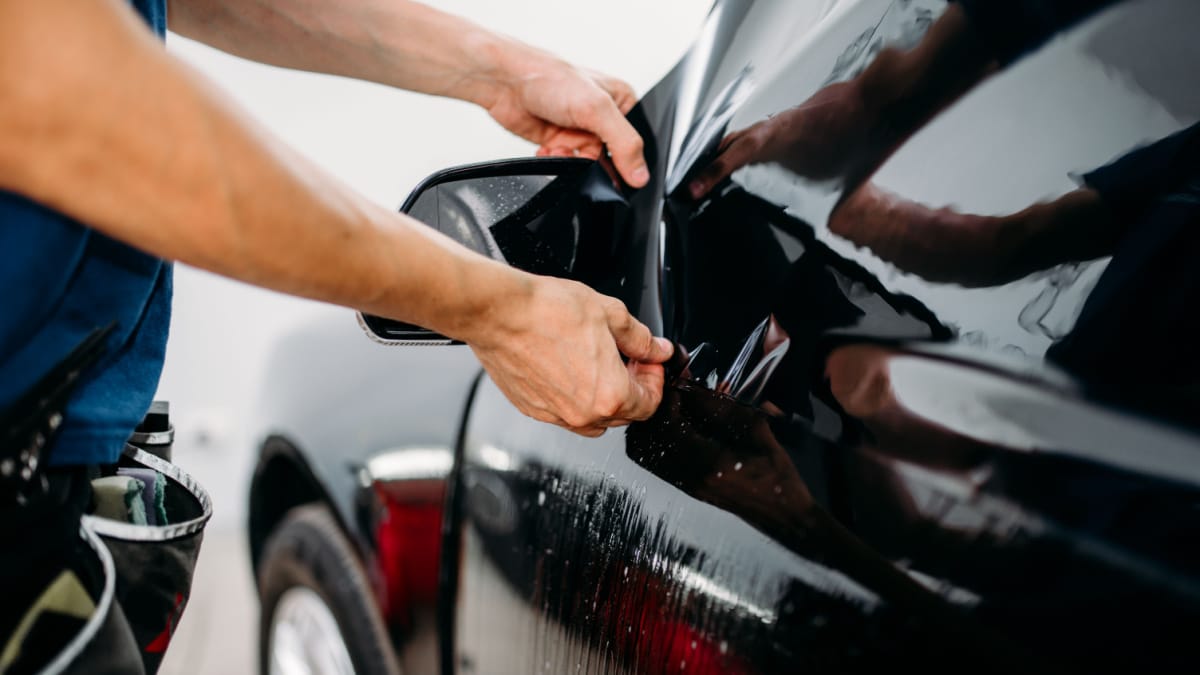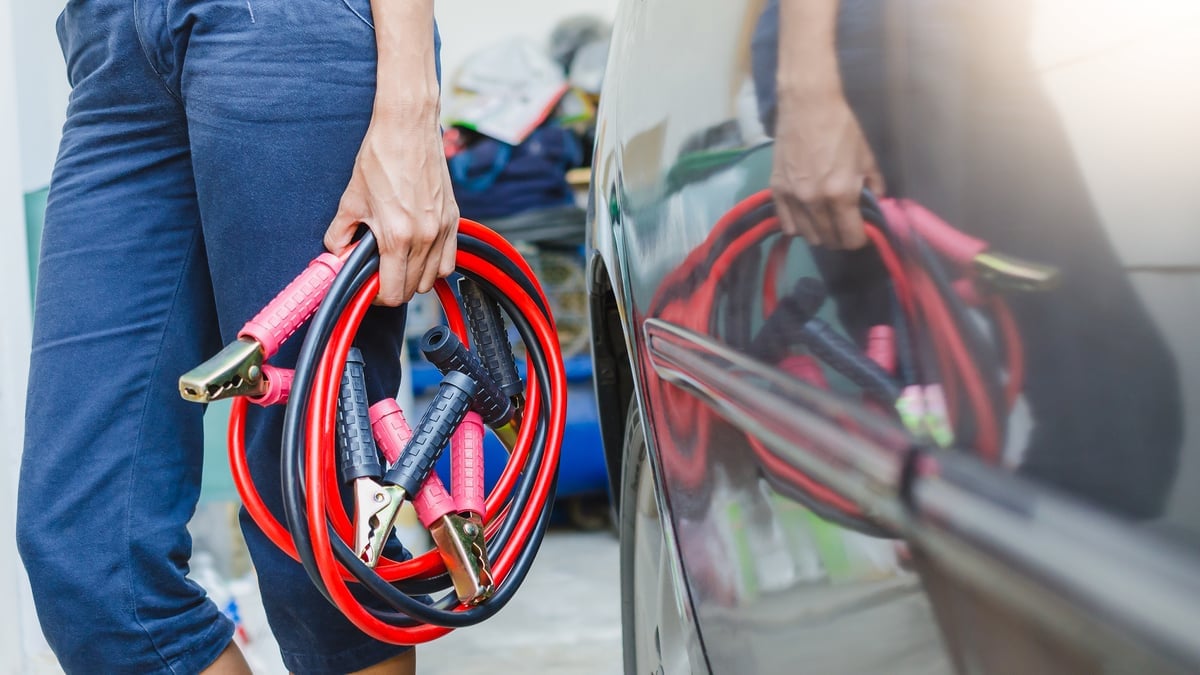Are you hoping for a little more privacy or less light in your vehicle? If so, you might have considered the benefits of tinting the car windows. As you start down the process of darkening the windows, you face various car tint percentage ratings. What do these numbers mean, and how do you find the best percentage for your vehicle?
Throughout the guide, we look at how car tint percentages work and we discuss some of the most common options. We also look at what should be considered before choosing window tint, so you can make the best decision. At the end of our article, we answer some of your top questions.
How Does Car Tint Percentage Work?
Window tint is measured by how much light goes through the film. It’s determined by the percentage of light that goes through, known as the visible light transmission (VLT). The higher the percentage goes, the more light is visible through the tint. Lower VLT percentages are going to appear darker because there’s less light passing through.
You can choose tint percentages ranging from five to ninety percent. However, states have their own laws for how much visibility is permitted, meaning you could get fined if you aren’t in compliance with local regulations. Let’s take a look at a few of the most popular tint ratings that are available.
Popular Car Tint Percentages
1. None
This rating isn’t actually a tint percentage but still needs to be included in our list. With no tint on the vehicle, the UV rays and sunlight can come right through the windows without any obstruction.
Many years ago, all new cars came without tint. However, this isn’t always the case today, as modern vehicles can often have a certain amount of tint on them from the factory. Even if tint doesn’t come with all trims of a new model, there’s usually an option to include a certain level of darkness with an appearance package or add-on feature.
2. 85% Car Tint Percentage
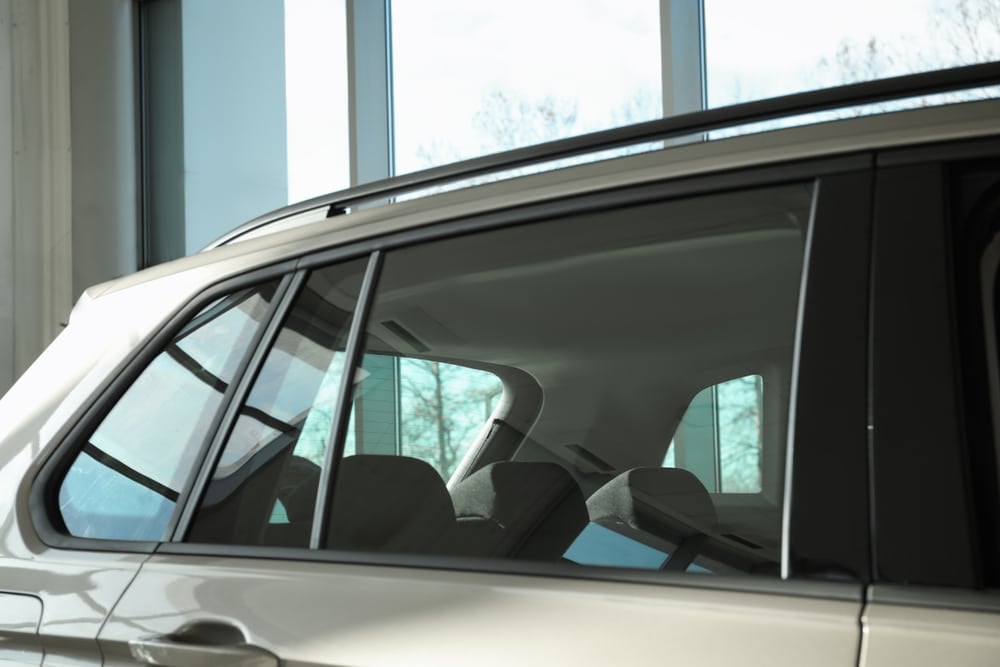
The 85% window tint is a popular option for getting rid of UV rays. It’s a light-colored tint that ensures less UV hits your skin.
Still, it’s not going to keep a lot of the heat out. For this reason, it seems to be more popular up north, where drivers want the sun to heat the car cabin during winter months.
3. 50% Car Tint Percentage
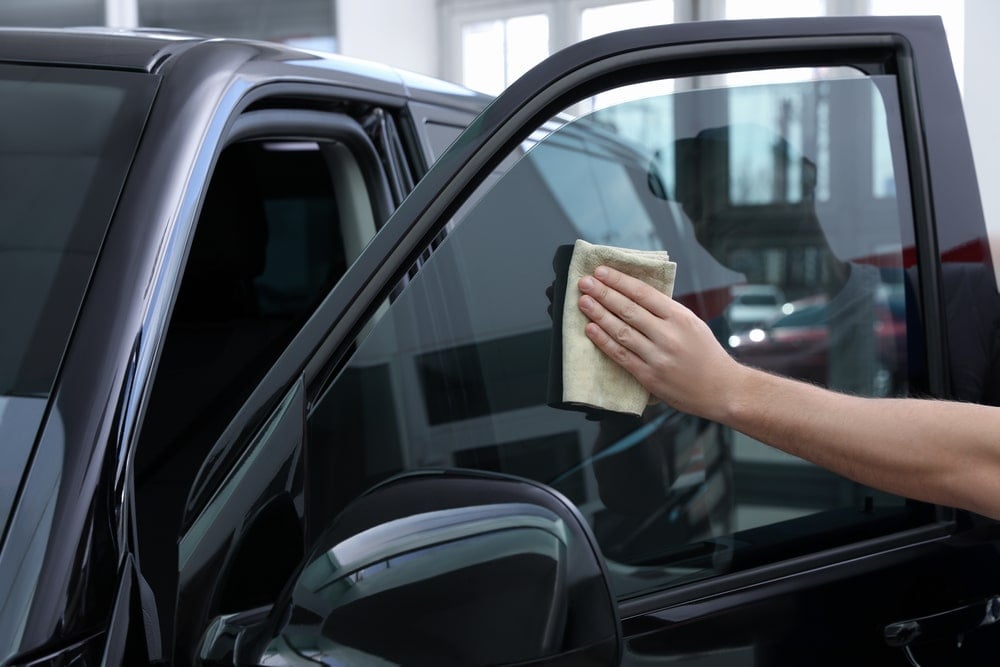
In some cases, 50% window tint provides a good balance of practicality and design. It’s going to be darker than anything with a higher number and it blocks out a good portion of UV rays. With this blockage, it also keeps some heat from permeating the cabin.
Still, some heat will reach inside, which might be desirable in certain parts of the country. Additionally, this percentage may not be legal in every state, depending on what windows you are looking at tinting.
4. 35% Car Tint Percentage
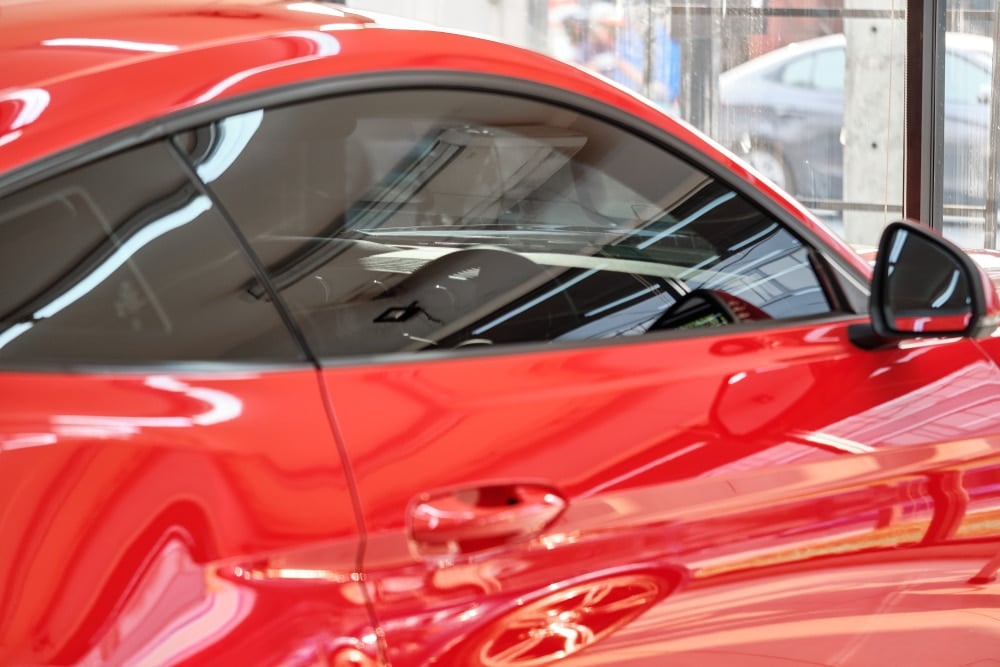
This tint seems to be more popular than 50% because it’s not too dark. You should still be able to see through the windows, but there’s a strong level of privacy.
Additionally, the dark appearance is going to help you reduce sunlight in the cab. Not only will this protect the interior, but it protects you well from UV rays.
5. 20% Car Tint Percentage
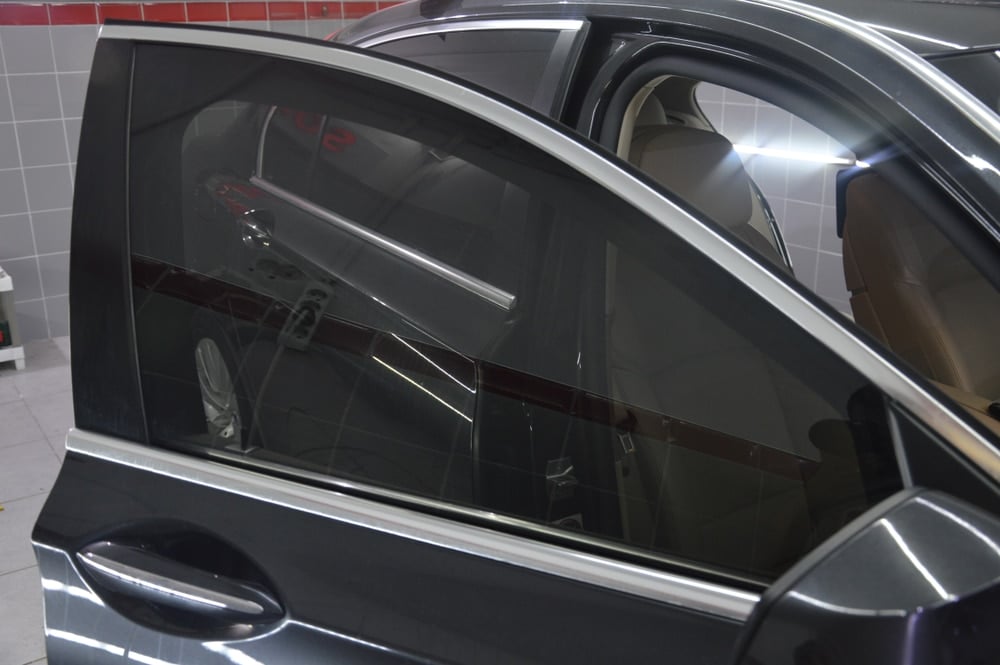
If the windows are tinted at 20%, it will be difficult to see through them at a distance. However, as you walk closer, you should be able to make out what’s inside.
For this reason, it’s a common percentage used for security and privacy. However, it’s not legal in a lot of states, especially on front windows.
6. 5% Car Tint Percentage
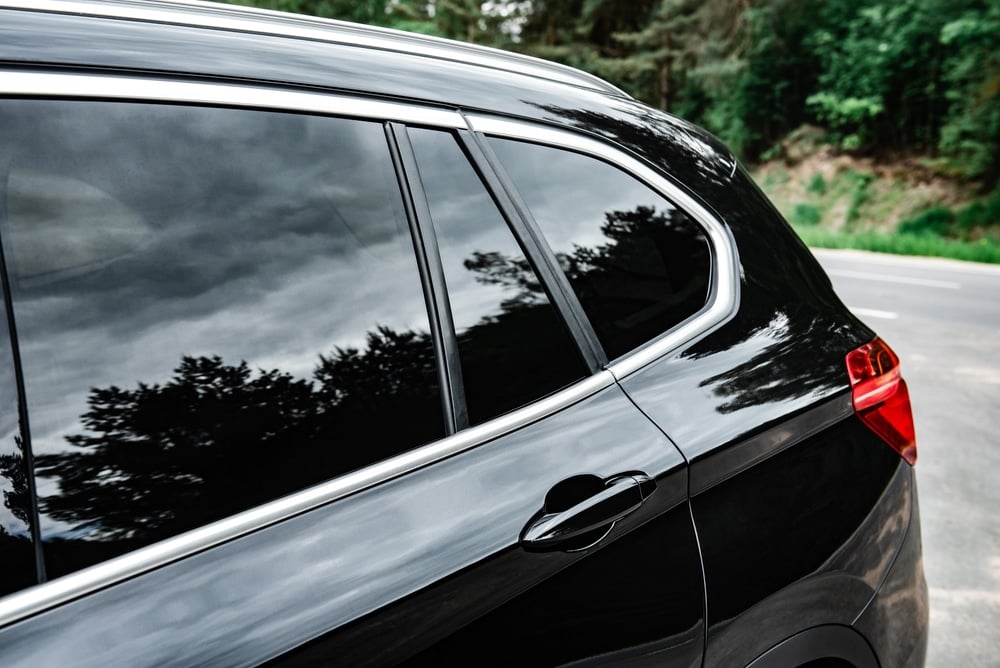
5% window tint is otherwise called limo tint. It received this name because it’s typically only legal if you are driving a limousine.
This level of tint will block the entire view into the car. You will not be able to see inside the vehicle, which is why it causes problems for police officers.
RELATED: 10 Best Car Window Tints
Factors to Consider Before Tinting Car Windows
1. Check Local Laws
Every state sets its own rules about window tint percentages. For example, in Virginia, the passenger front windows can be tinted to 50%. Yet, in Florida, you are allowed to tint the same windows to 28% VLT.
Before you go online and buy any window tint, you want to make sure you aren’t violating your local laws. If you do, a cop could pull you over and hit you with a hefty fine. You will also be ordered to remove the window tint, so all of your money and work will be wasted.
There are some exceptions to the local laws. Most states permit limos to have darker window tint. Additionally, if you have a medical condition that requires less sunlight, you can get a note from your doctor permitting the darker tint percentages. However, you still might get pulled over, especially if you are driving in an area where the police don’t already know about the exception, so you want to make sure the doctor’s paperwork is always in the car.
RELATED: Is Mirror Tint Legal on a Car?
2. Evaluate Your Goals
Once you know how dark you can legally tint the car windows, it’s time to think about what’s important to you. If you hope to darken the interior, gain more privacy and keep the cabin from heating up, you may want to choose the darkest that’s allowed.
On the other hand, if you want to block some UV rays but you still need the sunlight for warmth, you may choose a lighter tint. Additionally, you must consider how long you plan to keep the vehicle. If this is temporary until you sell the vehicle, consider what’s going to have a higher resale value in your area. You don’t want to invest a bunch of money to tint the windows only to find out that no one else wants to buy it with so much darkness.
3. Think About Appearance
The higher-percentage tints aren’t going to change the appearance much. The interior will receive slightly less light than you are used to and the exterior will look a little sleeker overall. These tints are great for creating a small upgrade without getting too dramatic.
On the other hand, you could make a big change with darker tint percentages. Consider how dark the cabin might get when you evaluate your options. If you don’t like the dark ambiance, you may not prefer a heavily tinted vehicle.
4. Decide Who Will Install
Tinting car windows isn’t always a difficult job. If you are skilled at making modifications and you can follow some simple instructions, you may be fine installing the tint at home. You will need some simple tools and a lot of time. Plus, it’s important to have patience, especially if you mess the first few up while you are learning.
With that said, if window tinting isn’t done right, it can look very bad. The film can bubble and your vehicle could end up looking worse than when you started. For this reason, many people choose to use a professional installer to get the job done. It’s just as important to purchase high-quality tint, which most shops can get their hands on.
You can save a lot of money installing the window tint yourself, but is the savings worth what could happen? Additionally, if you want the tint job to look seamless, you would do better trusting a professional. If you plan to sell the car in the near future, we highly recommend considering visiting an expert installer.
RELATED: How Much Does It Cost to Tint Car Windows?‘
Is 5% or 35% Tint Darker?
The 5% tint is known as limousine tint. It’s the darkest you can purchase and isn’t legal in most states. Because it only lets 5% of light through, you can expect a dark interior and complete privacy. On the other hand, the 35% window tint is going to block out more than half of the sunlight while still allowing for some visibility.
Is 20% or 35% Tint Darker?
The 20% tint is going to be darker than 35%. It’s going to allow for less visibility and more privacy but also creates a dimmer interior. It’s also not legal in all states for every window. 35% is a popular option that gives you some privacy and UV protection without going to extremes.
What is a Good Tint Percentage?
For everyday use, the 50% window tint might be all you need. It’s going to block out a good amount of UV rays and will reduce the heat in the cabin from the sunlight. It also reduces eye strain and sun glare. However, some people find it’s not dark enough to be sleek, so they prefer the 35% tint rating instead.
What is the Darkest Legal Tint?
Every state has its own laws regarding window tint. For that reason, you have to look up what’s allowable in your region. You may see different ratings for the front windows compared with the back and rear glass. Some states also allow a portion of the windshield to be tinted to some degree. If you have a medical condition acknowledged by a physician, you can get tint darker than legally allowed.
Does 35% Tint Block the Sun?
The 35% window tint will block a little more than half of the sunlight from coming in. It’s an effective option if you want to reduce the cabin’s heat and you are hoping to protect your skin from UV rays. It also reduces eye strain and glare, leading to a safer drive, but it’s too dark for some drivers.
What is Factory Tint Percentage?
Most modern vehicles come with some of the windows tinted to a small degree. In fact, 30% window tint is known as “Factory Tint.” However, depending on the manufacturer you choose, the factory tint could be anywhere from 30-85%. You can also opt for darker colors with certain available appearance packages as an add-on.
The car tint percentage is measured by how much light passes through. The higher the percentage, the more light comes through the tint. To determine what’s right for your car, you want to check local laws, evaluate your goals and consider the overall appearance.
If you are looking to change the appearance of your vehicle or you need a little more privacy, it’s time to think about the benefits of window tint. With your considerations, you must also look at the window tint percentage that will work best for your needs.
Sadly, you can’t always get what you want, especially if the laws are against you, so it’s important to do your research. By understanding car tint percentages, you have a better idea of what’s going to work for you.
Learn more:
- How to Remove Window Tint (4 Easy Methods)
- How Much Does It Cost to Wrap a Car?
- How to Remove the Dealer Sticker From Your Car
Categories: Cleaning & Detailing
